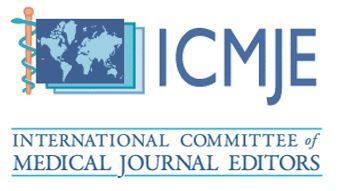Short-term Outcomes of a Dedicated Pelvic Exenteration Unit in a Tertiary Hospital in Malaysia
DOI:
https://doi.org/10.51200/bjms.v19i1.5578Keywords:
pelvic exenteration, colorectal surgery, pelvic malignancy, multidisciplinary careAbstract
Background : Pelvic exenteration offers potentially curative resection for locally advanced pelvic malignancy. A dedicated unit performing this complex surgery is recommended to achieve optimal outcomes.
Objectives : The aim of this paper is to show that pelvic exenterations can be performed with acceptable oncological and safe perioperative results in an appropriately resourced specialist centre. Methods : Patients undergoing pelvic exenteration in the Colorectal Unit, Hospital Kuala Lumpur between January 2017 and January 2024 were included. Patients operated in the initial setup period of the unit (January 2017 – July 2020) were compared to the second half (August 2020 – January 2024) with univariate analysis. Results : A total of 30 patients were included, with a significant increase in the unit caseload over the study period (n = 11 versus n = 19). There was an increased use of neoadjuvant therapy and an increase in stage of disease at presentation (p = 0.014) in the second half of the study period. More complex procedures were performed in the latter period, involving both bony and pelvic side wall resections. There was no difference in complication severity (Clavien Dindo) (p = 0.257) and R0 resection was achieved in 76.7% of operated cases. Conclusion : The development of a dedicated pelvic exenteration unit, leads to an increase in patient volume and an increase in the complexity of the procedures performed, without compromising short term outcomes and safety.
Downloads
Published
How to Cite
Issue
Section
License
All articles are published under the Creative Commons Attribution-NonCommercial (CC BY-NC 4.0) license, enabling users to read, download, copy, distribute, and adapt the material for non-commercial purposes, provided proper credit is given to the original authors and the source. This model supports transparency, accessibility, and the global exchange of medical knowledge.








1.png)





